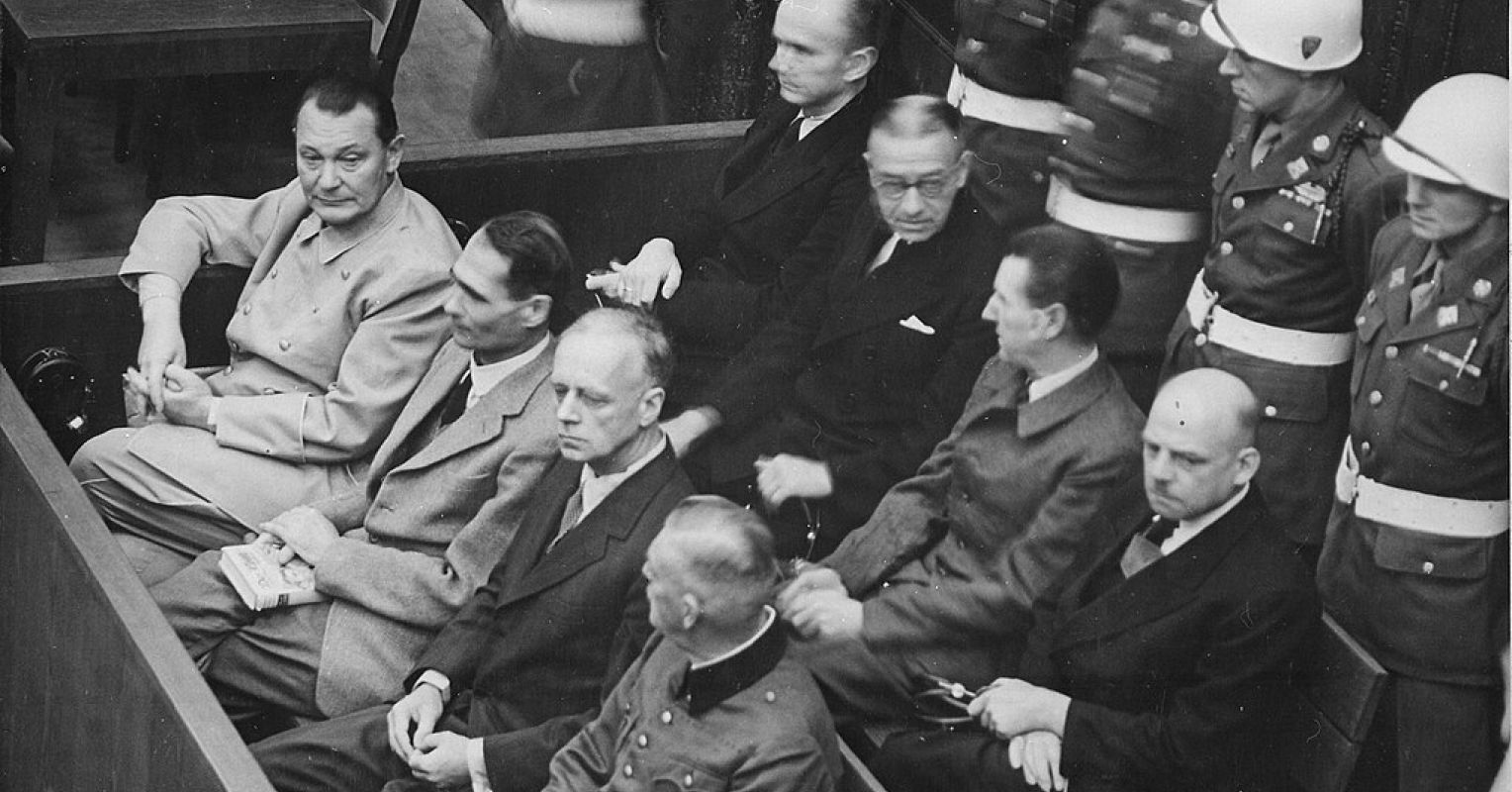It’s been an interesting morning. As I scrolled through the news, I ran across a new movie called Nuremberg. It is about a psychiatrist who studied the psychology of Hermann Göring and twenty-one other Nazis who were about to be tried in Nuremberg, Germany for war crimes. The psychiatrist’s name was Kelley, which immediately caught my attention. My mother was treated at Graylyn Hospital in Winston-Salem, NC, by a psychiatrist named Kelley. She had told me her doctor was somehow connected to the Nuremberg trials. When I looked up the psychiatrist’s name in the movie, it was listed as Douglas Kelley. I checked information on Graylyn, and sure enough, Douglas Kelley was the head psychiatrist when my mother was hospitalized there. My mother had daily bouts of intolerable pain in her colon. Doctors at Duke and Johns Hopkins found no physiological cause. Psychosomatic pain may be due to unresolved conflict or trauma. There was evidence of childhood anal sexual abuse. A relationship with a female professor led her to bolt from college and marry. She was 39 when she was admitted to Graylyn psychiatric hospital. Graylyn is an opulent sixty room mansion built in 1928 by Bowman Gray, chairman of the R. J. Reynolds Tobacco Company. In 1947, it became a psychiatric hospital. When I visited her there, she gave me a tour that included bathrooms with gold fixtures. Group therapy and occupational therapy sessions in this luxurious environment did not relieve the pain. Since psychoactive drugs had not yet been developed, she was given shock treatments. Freed from pain, she returned home. After a time, the pain came back as before. She returned to Graylyn, and Dr. Kelley performed a prefrontal lobotomy. The pain disappeared permanently. From that point of view, the operation was a success. But lobotomy causes radical personality changes. When she met a friend on the sidewalk, she would as easily say “hello” as tell them to “go to hell.” Dr. Kelley told us there needed to be no stress and no conflict in her life. Her every whim needed to be responded to. Otherwise, he said, her pain would return. When back at home, the world was made to revolve around her. My mother was enamored with Dr. Kelley. She said he was the smartest man she had ever met, and that he could read her mind. In a follow-up session, he had asked her how her son was doing. Apparently, he wondered what impact her many bouts with pain and her lobotomy had on me. I know some of the effects. After years of hearing her scream in pain, I decided I had to save myself and stop caring. After her lobotomy in 1947 (I was eleven), a person I didn’t know called herself my mother, and inhabited my mother’s body, She needed constant attention. I know it also had an effect on my father. When he arrived home with her after the lobotomy, he was as white as a sheet. Dr. Kelley had recommended two books. One was Karl Menninger’s Man Against Himself (1938). The other was People in Quandaries (1946) by Wendell Johnson. To try to understand the quandary I was in, I read both books. I never forgot what my mother said about Dr. Kelley being able to read her mind. I thought that if I could learn to read the minds of other people, there would not be such a feeling of separateness. That idea, along with those books, led me to major in psychology at Wake Forest. And that led to my developing more effective ways to treat fear of flying. There is one truly bizarre twist to this saga. My mother told me about Dr. Kelley’s macabre souvenir, the container of cyanide he confiscated following Göring’s suicide. I’m not sure of this, but I think she said Dr. Kelley showed it to her. Ten years later, he duplicated Göring’s suicide with one difference. Instead of taking cyanide privately as Göring did, he took it face-to-face with his wife during an argument. Six degrees of separation is an idea that suggests everyone in the world is connected by, at most, six people. Kelley I am connected to Hermann Göring by one degree of separation, and by two degrees of separation to Adolph Hitler. Unable to stop thinking about this, I ordered The Nazi and the Psychiatrist, the Jack El-Hai book the movie is based on. It details Kelley’s quest to discover what caused these men to be so evil in order to “prevent the recurrence of such evil.” What Kelley found was shocking. They were not monsters. They were narcissistic opportunists “who exist in every country of the world who would willingly climb over the corpses of half of the . public if they could gain control of the other half.” Göring’s loyalty to the Nazi party was not about Hitler, or Germany, or racial superiority. He believed his destiny was to advance himself and to ultimately replace Hitler as the ruler of the German people. Kelley asked Göring if he subscribed to the Nazi Party’s position on the racial inferiority of non-Aryans. Göring said, “Nobody believes that rot.” Kelley pressed the issue by pointing out that racism had brought about the deaths of nearly 6 million human beings, Goring paused, and then replied, “Well, it was good political propaganda.” Kelley’s book 22 Cells In Nuremberg, did not sell well. Its message that the Nazi leaders were not monsters was unpopular. Having just fought WW II, the public wanted to hear that people who do evil are monsters, and that destroying them can rid the world of evil. Can we take in what Kelley learned? Evil can be done by us and by people like us.
https://www.psychologytoday.com/us/blog/conquer-fear-of-flying/202511/the-psychiatrist-who-witnessed-evil
The Psychiatrist Who Witnessed Evil



